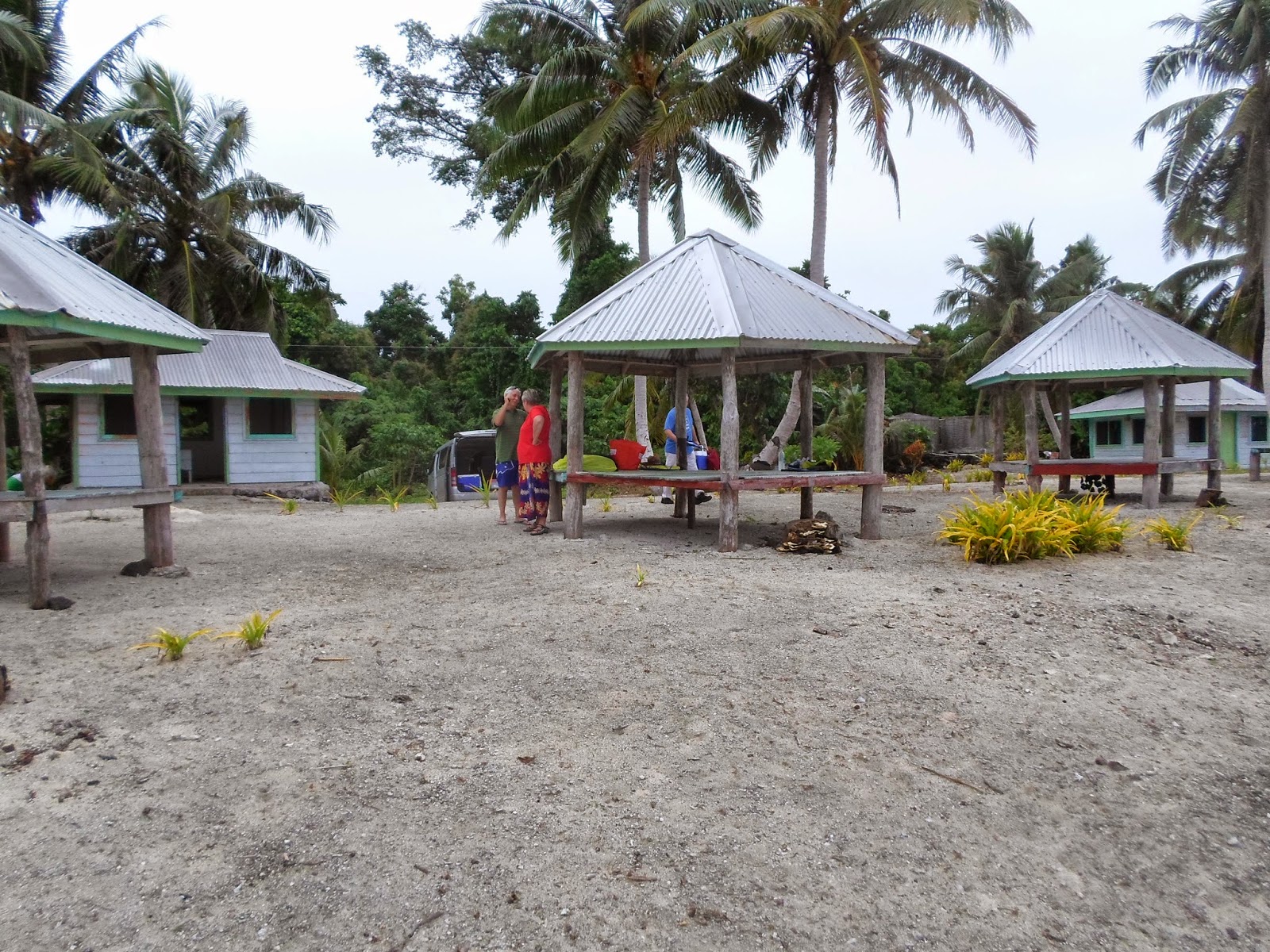Hello from
Savai’i. The past couple of months have
been very interesting for us. We started
teaching our class on assessment and we have 12 of our staff members taking the
class. We have really enjoyed teaching
in the past and we now have the opportunity to do it again and we are having
fun doing it. It is very interesting to
teach teachers where English is not their first language. We are constantly defining word for them and
we are much more cognizant of the words we are using. In the end of March all the schools in Samoa
(both private and government) were closed down because of an epidemic of pink
eye. We had many students out and we
even had 10 or 12 staff members who got it.
We were shut down for a week. We
came back for a week and Term 1 ended and so we had another week off. During the break we went over to Apia on the
island of Upolu to meet with the Hammonds to discuss what courses we could
offer next and to see what books were available for what classes. We also had some time to do some sightseeing
around Upolu. Our first class will end
in May but we are looking to start another class sometimes this month. Hopefully the internet will cooperate with me
this time as I lost all the pictures I had downloaded the first. Maybe the second time it will work, so here
goes.
This is our house in Vaiola. Notice the fale in the background, it is the agricultural classroom.
This is a sign as you come on our campus. It is a great motto as we have students here from Vanuatu and from New Zealand.
This is my very first lava lava. It is much cooler to wear than a pair of slacks. I wear the lava lava or shorts when it is after school or on P-days
This is how they carry coconuts. They slice the husk and slide the stick into coconut husk. He is just starting and he will put another half dozen coconuts on the stick before he goes home.
This is called an Indian Apple tree and it has huge fruit which is inedible. We have a teacher who grew up in the Philippines and he says that the people from India eat it but nobody around here does. Check out the size of the fruit, it's about a foot long and has a 6 inch diameter.
 This is the ferry we ride back and forth from Savai'i to Upolu. When it comes to Savai'i it swings right and backs int to unload the cars. At Upolu it goes in straight and then has to back around to start out. They sure know how to pack the cars in. They have to let the drivers and passengers out first before they park the next car or they won't be able to get out because they are packed in very tightly.
This is the ferry we ride back and forth from Savai'i to Upolu. When it comes to Savai'i it swings right and backs int to unload the cars. At Upolu it goes in straight and then has to back around to start out. They sure know how to pack the cars in. They have to let the drivers and passengers out first before they park the next car or they won't be able to get out because they are packed in very tightly.
Here is our little red car packed in between everything else.
In Samoa they often bury their dead family members in their yards and by their fales. You can see the graves right in their front yards. It is an interesting concept.
They beautiful waterfall in Samoa. The next three pictures are of three different water fall on Upolu.

This is the bottom of a "Ma Tree". It is a baby Ma tree.
This is a Mama Ma Tree. It takes about a 30 minute hike off the road to see it but it is worth it.
This is the back part of the Ma Tree. The roots are a couple of feet over my head (Nelson's head) When I asked the question of how deep the roots went into the ground, nobody knew.
We finally found a beach where we could use our snorkeling equipment. This is a beautiful beach that is being rebuilt because everything was wiped out with the tsunami. All the fales are being rebuild and they charge you for using a fale. The sandy beaches are beautiful.
In this picture you can see the reef out away. It protects the beach from normal ocean waves and keeps the temperature up which keeps away the sharks which I like very much
This is the fale we used and it is just a shack with no walls and a wood floor two feet off the sand.























yea i do think it is worth going to see the ma tree. Love ezra
ReplyDeletei really really like the fale.
ReplyDelete